Start of 20th century(1900s).
- Special purpose computing machines like tabulating machines were a huge boon(요긴한 것) to government and businesses, aiding and replacing rote(암기) manual tasks.
- Increase in population, global trade, transit(수송), sophistication of engineering and science
- Explosion of complexity, bureaucracy(관료체제), and use of data drove a need for automation and computation.
- Cabinet sized computers grew into a room-sized behemoth(거대한 것) that were expensive and prone to errors.
Harvard Mark I
/GettyImages-107636032-293dc66802a54c4685892d2bb7831ef5.jpg)
- Largest computer, completed in 1944 by IBM for the Allies during WW2
- Earliest use for this machine was running simulations for Manhattan Project.
- It was ran by machanical relays - electrically-controlled mechanical swithes.
- It uses control wire to open or close the metal arm, which connects or disconnects the circuit.
Relays(계전기)
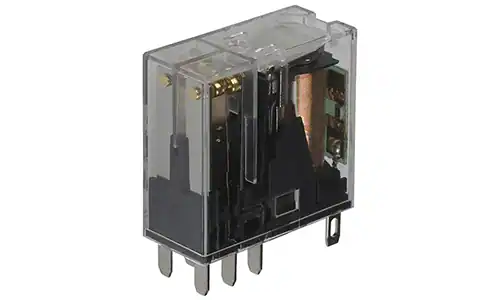
- A relay has mess, and therefore can't move instantly between opened and closed states - not fast enough for complex calculations. Also wear and tear overtime.
- The huge, warm machine attracted bugs - bug inside a malfunctioning relay. The term computer bug was created.
- Good relay could flick back and forth 50 times/sec.
Vacuum tubes invented
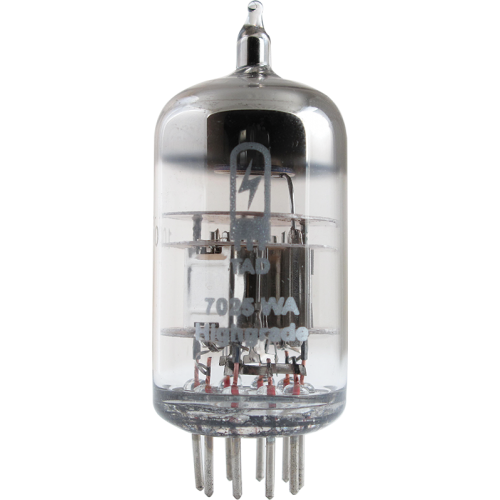
- had no moving parts, replaced machanical relays.
- But fragile and could burn.
- A shift to electro-machanical to electronic computing.
- Switch 1000 times/sec.
Colossus Mk 1
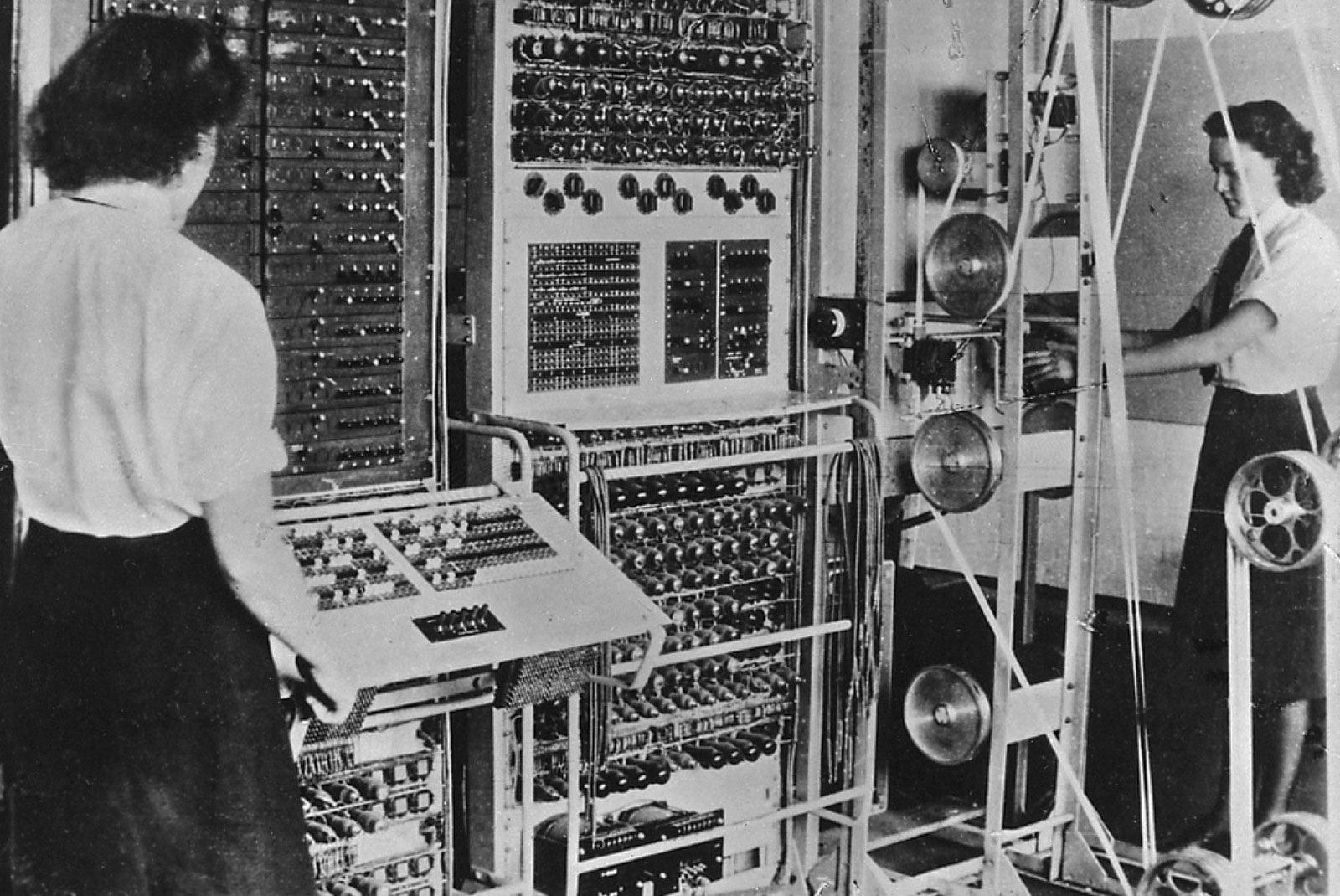
- First large-scale use of vacuum tubes for computing, 1943, decrypted Nazi communications.
- First programmable computer, by plugging hundreds of wires into plugboards.
ENIAC - Electronic Numerical Integrator And Calculator, 1946, UPenn.
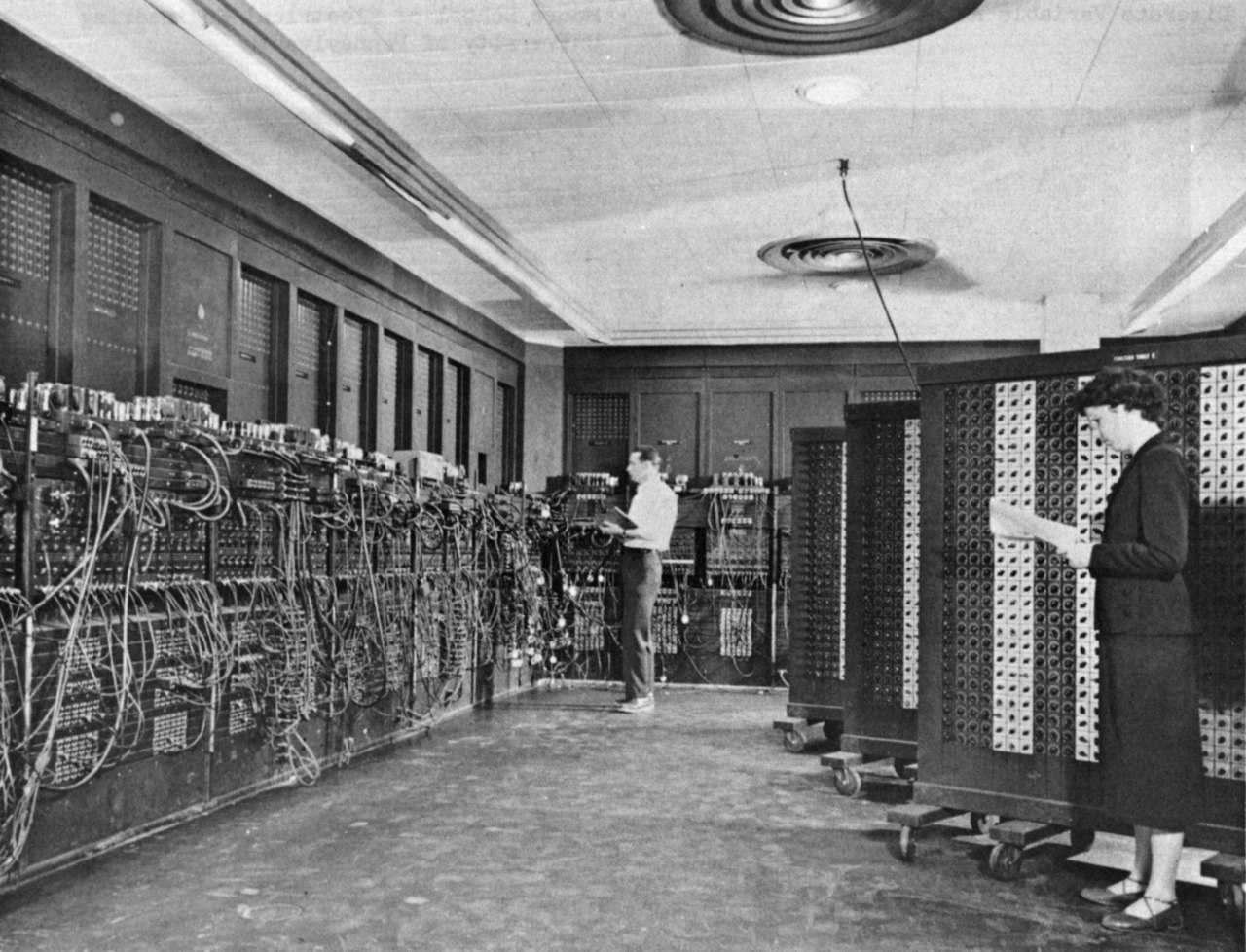
- General purpose, programmable, electronic computer.
- But many vacuum tubes caused common failure, and operational only for half a day at a time befroe breaking down.
Invention of transistor, 1947.
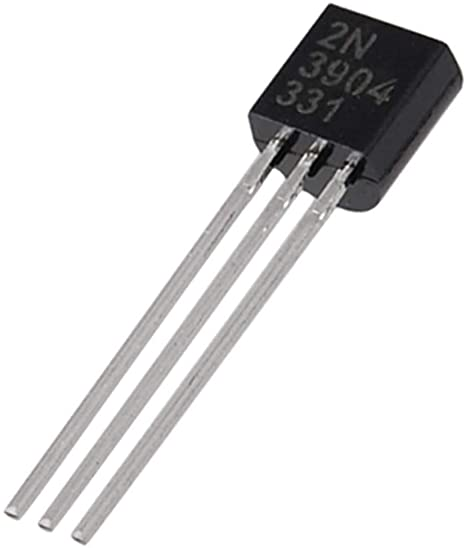
- Just like a relay and vacuum tube, it is a switch that can be opened or closed by applying electrical power via a control wire.
- Uses semiconductor.
- Switch 10,000 times/sec.
- Small, solid.
- IBM 608, 1957 - fully transistor powered computer.
- Computers were trasitioned to transistors.
Today's transistors are very small, fast, and run for long.
A lot of transistor and semiconductor development happened in the Santa Clara Valley (San Fr ~ San Hose).
Most common material used to create semiconductors is silicon - "Silicon Valley".
Thoughts
- Mechanical Calculator -> Relays -> Vacuum Tubes -> Transistor 의 발전 과정이 흥미로웠다. 어쨌든 근본은 스위치 여러개가 조합되어 컴퓨터가 만들어진다는 것이다.
- 컴퓨터의 역사는 100 년이 조금 넘었지만 발전은 매우 빠른 것 같다.
- 컴퓨터 버그라는 단어의 기원이 Relay 안에 들어간 벌레 때문이었다는게 정말 흥미로웠다!
